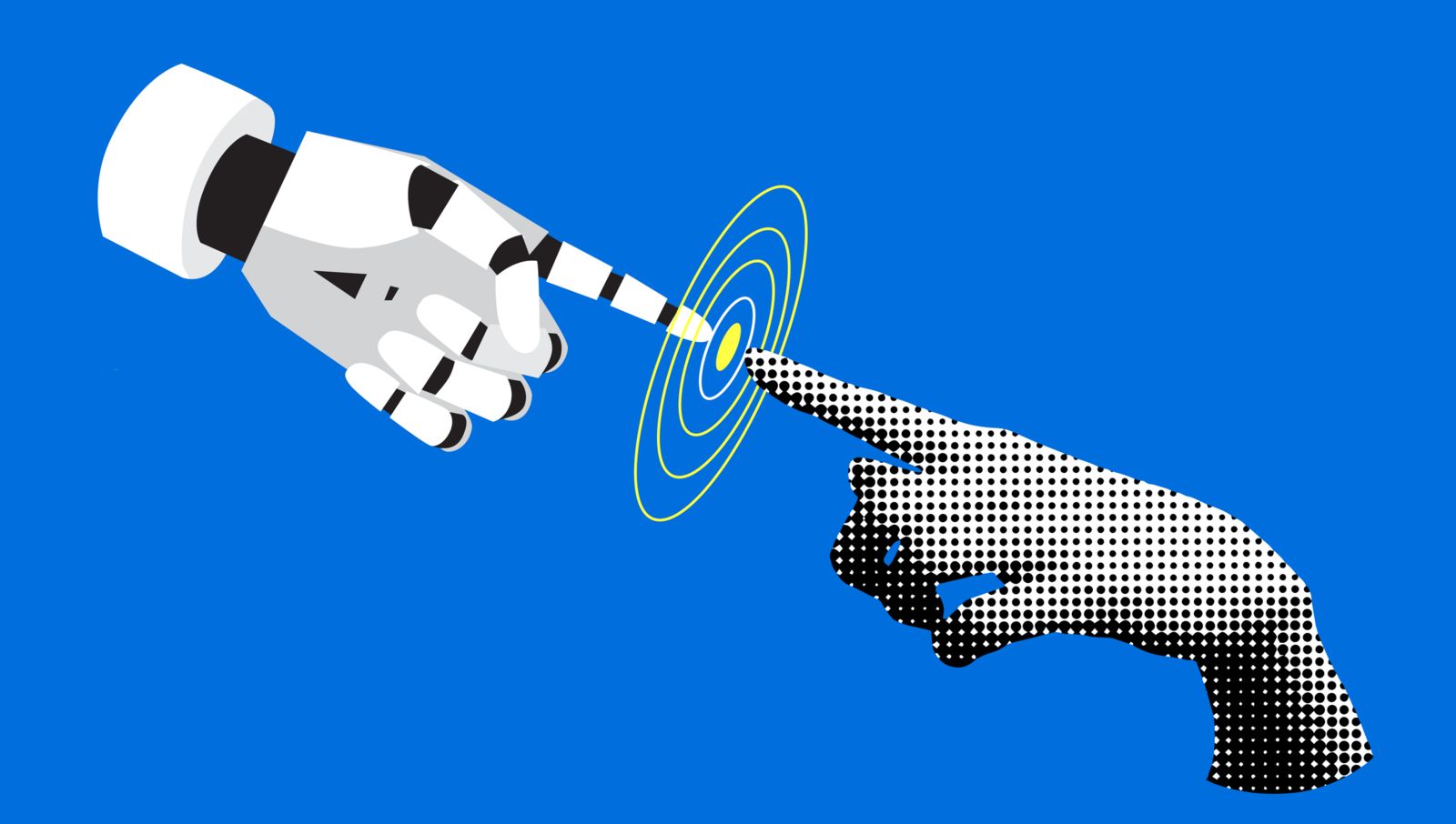It’s tempting to assume that human rights violations are easy to see, but they’re often difficult to discern. Perpetrators take great effort to hide in plain sight. Before they can be brought to justice, defenders may need to launch years-long investigations to find evidence that an unacceptable injustice has occurred.
What if identifying human rights violations could be faster and easier? What if humans could predict breaches before they occur, saving innumerable victims from unnecessary harm?
In a world of hyper-intelligent technology, it may be possible to prevent a significant number of human rights violations. Research into AI applications in human rights defense has already discovered the potential to leverage AI’s capabilities in pattern recognition, predictive modeling, and real-time monitoring to identify early warning signs of various abuses—but using today’s AI solutions does come with its own risks.
AI’s power in pattern recognition and predictive modeling
One of AI’s most significant strengths is its ability to identify patterns within vast amounts of data. AI can process historical records, economic trends, political changes, and social media activity to recognize the early signs of human rights abuses. By analyzing this data, AI can predict when certain populations might be at risk, allowing defenders to intervene before violence or oppression escalates.
AI’s predictive modeling has already been used by groups like Conflict Forecast to analyze the likelihood of violent conflict or political instability, two major contributors to human rights violations. When governments or international bodies are equipped with this knowledge, they have the ability to mobilize resources early and enforce protections to safeguard vulnerable communities.
Beyond prediction, AI offers real-time monitoring capabilities, giving it a vital role in security. For example, AI systems, like those used in security environments to monitor threats, could easily be adapted to track human rights abuses. With advancements in technologies like facial recognition and crowd analysis, AI systems can detect ongoing violations, such as unlawful detentions or violent crackdowns, which can then be reported to relevant authorities.
The risks of AI in human rights defense
Though AI promises superhuman intelligence, the truth is that as a human-made tool, it suffers from very human-like problems. Many of these problems present ethical dilemmas, which might prevent AI’s application in the human rights defense space. Every interested entity must use generative AI responsibly.
First, there’s the issue of data bias. AI models are only as good as the data they are trained on, and if that data is skewed or incomplete, the AI’s predictions may be inaccurate or, worse, discriminatory. These misconceptions or faults could lead to false accusations or missed warning signs in populations where data is underrepresented. In the context of human rights, such errors could have devastating consequences.
A second concern involves transparency. AI algorithms, especially those based on machine learning, often operate as “black boxes,” meaning it can be difficult to understand exactly how they arrive at their conclusions. This lack of transparency could undermine the trust necessary for their implementation in human rights monitoring, as defenders may be reluctant to rely on decisions they don’t fully understand. This issue is particularly dangerous when dealing with generative AI models that can unintentionally spread misinformation or misinterpretations, especially in politically volatile environments.
These drawbacks are not insurmountable. If more care can be used in the training and application of AI models, especially those intended for identifying human rights abuses, it may be possible to create a fair and balanced AI tool. Even so, any AI used in the human rights defense space must have strong ethical—and human—oversight to prevent harm.
Assumptions and ethical pitfalls in AI’s predictive role
A common assumption in using AI for human rights protection is that the technology can make accurate predictions based on historical data and real-time monitoring. However, this assumption oversimplifies the complex nature of human rights violations, which are often the result of deeply entrenched political, social, and economic conditions. There is a risk that AI might fail to capture the nuance of these situations or, worse, reinforce existing biases in the data.
Another ethical pitfall is the potential misuse of AI by authoritarian regimes. In the wrong hands, AI can be used to monitor and suppress dissent, leading to further human rights violations. For instance, facial recognition technology, originally designed for security, has been repurposed in some countries for mass surveillance and the persecution of minorities. This presents a troubling paradox: the very technology meant to protect human rights could be used to undermine them.
AI implementation must be paired with strict ethical guidelines to mitigate these risks. This includes ensuring that AI systems are transparent, that they are audited regularly for fairness, and that they are not misused for oppressive purposes. Additionally, collaboration between governments, human rights organizations, and AI developers is crucial to ensure the technology is used responsibly.
Balancing promise and peril
AI has immense potential to revolutionize how humans can predict and prevent human rights violations. Its capacity for pattern recognition, predictive modeling, and real-time monitoring makes it a powerful tool for identifying early warning signs of abuse. However, this potential is accompanied by significant ethical risks, including data bias, lack of transparency, and the possibility of misuse.
By adhering to best practices for ethical AI use—such as ensuring transparency, mitigating bias, and promoting oversight—humans can help ensure that AI is a force for good in the realm of human rights. As AI continues to develop, it will be critical to maintain a careful balance between leveraging its capabilities and safeguarding the rights it is meant to protect. With responsible implementation, AI can become an indispensable ally in the ongoing fight for human dignity and justice.

